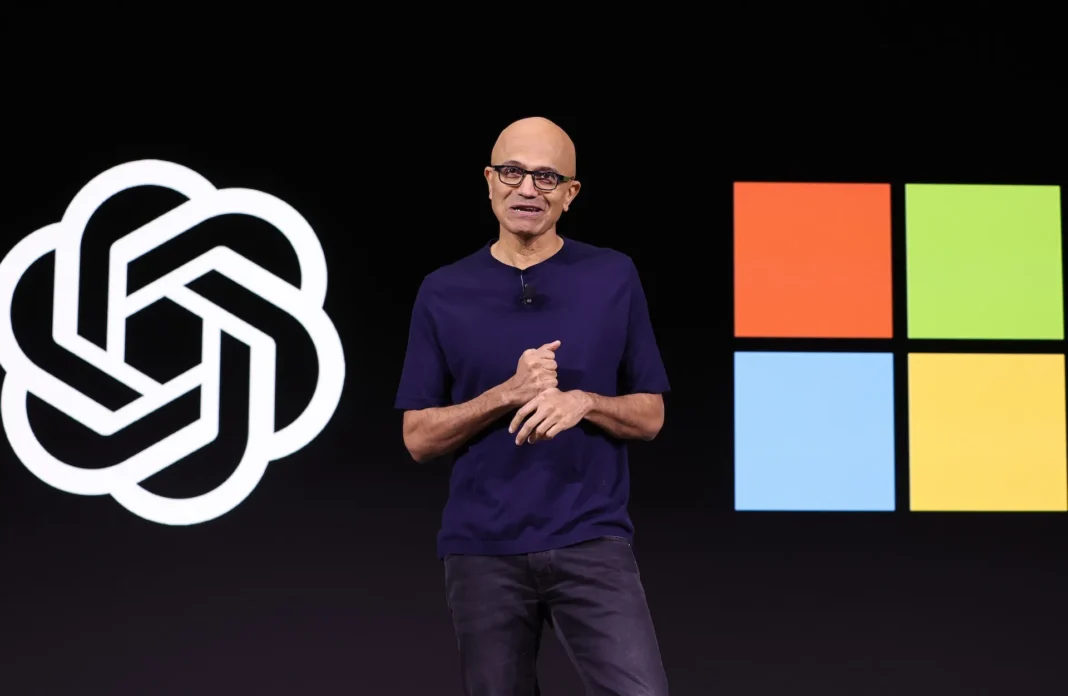In a recent experiment titled Project Fetch, the AI model Claude (developed by Anthropic) was tasked with controlling a robot dog—specifically the Unitree Go2 quadruped—to perform physical tasks.
Researchers divided eight non-robotics-experts into two teams: one team used Claude’s assistance; the other did not. The goal: program the robot dog to complete tasks like locating and fetching a beach ball. The Claude-assisted team performed significantly better in several respects.
Key Details of the Experiment
- The robot dog used: Unitree Go2, a commercially available quadruped robot.
- The tasks: programming motion, connecting to sensors, retrieving objects.
- Outcome: The Claude-assisted team “succeeded in about half the time it took the Claude-less team.”
- The Claude-less team faced more confusion and negative sentiment, while the Claude-assisted team progressed more smoothly. Analytics India Magazine
Why This Matters
1. Bridging AI & Physical Systems
This is a clear demonstration that large language models (LLMs) like Claude are moving beyond purely virtual tasks (like text generation) into the physical realm—robotics, sensors, motion control.
2. Lowering The Barrier for Robotics
By enabling non-robotics-experts to use Claude and successfully program the robot dog, it suggests that complex robotics tasks might become more accessible.
3. New Use Cases for AI in Automation
This opens possibilities for AI-assisted robotics in inspection, monitoring, logistics: where robots are controlled or programmed via language models rather than only conventional code.
4. Raises Safety & Ethical Questions
With AI models interfacing with real-world machines, risks and governance become more important: unintended behaviours, misuse, and system oversight. Researchers referenced a system called “RoboGuard” to impose constraints on robot actions.
5. Competitive Edge & Industry Implications
If AI models can program robots effectively, this could accelerate adoption of autonomous machines in enterprises—changing how robots are deployed, programmed and integrated.
6. For the Indian and Global Market
For India’s robotics and AI ecosystem, this demonstrates that AI tools may soon support robotics labs and startups in ways that reduce technical hurdles. It could fuel growth in robot-as-a-service, automation in industry and R&D labs.
Challenges and Things to Keep in Mind
- Current limitations: Claude did not achieve full autonomy in the demo—the robot dog still had to be guided and the task wasn’t fully completed (e.g., retrieving and returning the ball only progressed).
- Dependence on interface and sensors: The AI’s performance is constrained by the robot’s hardware, software APIs and sensor access.
- Safety and control: As robots interact with physical environments, ensuring safe and intended outcomes is crucial.
- Scalability: Moving from a controlled experiment with simple tasks to real-world deployments with complex behaviours is a big leap.
- Regulatory and ethical oversight: What happens when AI models control machines with potential for misuse?
- Domain expertise still matters: While the barrier is lowered, domain knowledge (robotics, mechanics, sensors) remains important for non-trivial tasks.
What to Watch Next
- Whether Anthropic publishes full results, datasets or code from Project Fetch (to help the community evaluate progress).
- Extensions of the experiment: larger robots, more complex tasks (e.g., multi-robot interaction, dynamic environments).
- The development of tools or platforms that enable LLMs to program robots in more standardised ways—perhaps APIs or frameworks.
- How robotics companies integrate LLM-assisted programming into their workflows or products.
- Regulatory discussions: as AI starts controlling physical machines, how will safety frameworks adapt?
Conclusion
The “Claude robot dog” experiment is a significant milestone in AI-robotics convergence. It illustrates the shift from “AI = text” to “AI = agents acting in the physical world.” While still early and controlled, it signals what may lie ahead: more accessible robotics programming, smarter automation, and new paradigms for how machines are instructed.
For practitioners, investors and tech watchers—this is a story to follow, because its implications span AI research, robotics industry, automation strategy and regulatory frameworks.



